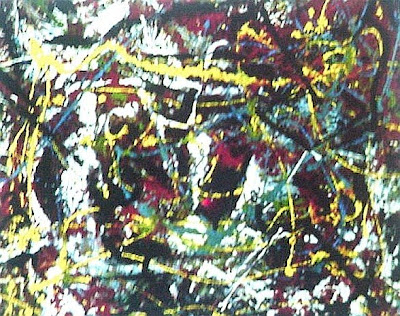
A new unorthodox style of home schooling.
The driving force beind the homeschooling movement is the belief in the power of young people's curiosity and their need to make sense of their experience's. As one psychologist has said 'The learning drive is more powerful than the sex drive and lasts longer.' That is until, for some young people, until they enter formal schooling!
'Unschoolers', a more progressive group of 'homeschoolers', believe that nothing worth learning can be taught and that the best way is to help children learn for themselves. 'Unschooling' takes 'homeschooling' to the extreme as there is no structured teaching. Parents who involve themselves in this approach want to take the 'school out of learning'! Obviously parents who involve themselves see formal schools as a less than wonderful place; a place where students all too ofetn learn about failure and where the sheer joy and passion of learning is downplayed. A place where Imagination and creativity is all often sacrificed for conformity and compliance.
The approach is not as revolutionary as it first sounds as it extends, after school age, what many parents already do, by providing a stimulating environment - reading, watching, visiting places and playing with their children. Parents who believe in 'unschooling' believe learning is a natural 'apprenticeship for life' interrupted by schooling.At home their children constantly learn from the moment they wake up. 'Unschooled' students, through their own interests, set their own learning agenda with parents providing activities and resources as needed.
Progressive educators will recognise the philosophy lying behind such an approach; many teachers do their best to try to implement such an approach in their classrooms within the constraints the 'system' imposes on them.
'Unschooling' parents live as 'rich' a life as they can and children take what they want from experiences and leave what they are not interested in. A strong philosophy by parents is required and choosing such an approach is not to be taken lightly. The real world, and not the school, is seen as where young people 'pick up' basic skills like reading, writing and arithmetic.
Lots of trips are involved. Every experience is seen as a potential learning opportunity. This is a natural approach to learning; the wider community is seen as the 'classroom'. Children are encouraged to ask questions and follow up their interests and express their ideas through whatever medium they prefer. 'Unschooling' provides a 'personalised learning' approach that schools cannot sustain.
American Mary Griffiths, ( author of the 'Unschooling Handbook') points out, 'that children learn to walk and talk without being 'taught'. Why should they change the way they learn when they reach school age?.The hardest thing is for parents to keep out of the way. Their job is to help their kids find answers to questions...The way to deal with a question is to say, "I don't know the answer but lets see what we can find out".'
Unschooling is not a new idea. In the 60s American educator John Holt described schools as 'jails for children' and believed too many children 'underachieved' because of schools. He emphasized the need for young people to take part in stimulating conversations, to participate in the community, and for students to direct and plan their own learning.
Unschoolers can call on a range of educationalists to back up their beliefs.
From John Dewey -an emphasis on the child's experience
From John Holt -about why children learn and why they fail.
From David Elkind -the need to delay formal education and value childhood rather than to rush into adulthood.
Children need opportunities to explore and create
Mihaly Czikszentmihalyi - the need for children to achieve 'peak performance' and to go with 'the flow'.
Abraham Maslow- education for intrinsic 'self actualization' rather than for extrinsic success. To live a life of choices, being courageous, and valuing ones unique sense of 'voice'.
The above ,and others, are on the bookshelves of all creative teachers!
Unschooling is obviously only for committed parents who have the time and energy to clarify their beliefs and to create the conditions for their children to learn for themselves. Parents who do involve themselves find excitement in learning alongside their children and often rediscover a joy of learning they thought they had lost.
We need to being the 'personalised' philosophy of 'unschooling' into schools.
There are teachers who do just this - but they are hard to find.









